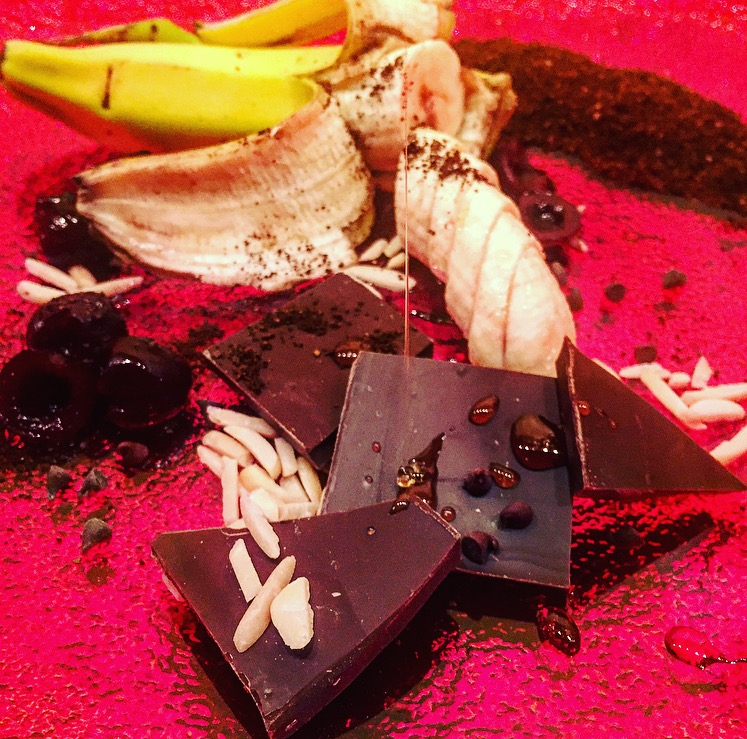Aphrodisiacs: The Valentine’s Day Love Potion
Of course, most of us are like minded when it comes to the topic of aphrodisiacs, especially with Valentine’s Day a few days away. Many of us can’t help but snicker at the thought of their purpose. Aphrodisiacs like fruits, spices, or liquors that evoke sensual feelings present a fun diversion for adult couples. There are many interesting assertions surrounding this topic including the nutritious benefits aphrodisiacs offer and their potentially controversial side stories.
It is a common theory that if a food looks like a body part or organ then it must be beneficial to that body part. Culinary Institute of America’s Chef and Culinary science professor Jonathan Zearfoss has studied aphrodisiacs, and in his work mentioned a theory called the Doctrine of Signatures. This idea means if the plant or herb resembles human body parts or organs then it will positively help those body parts or organs. CIA’s chef William Philips notes how avocados look like the cervix of a female and therefore assist in the menstrual cycle along with the antioxidant vitamin E. Upon further research this idea of avocados and reproductive health is dated back to the time of the Aztecs.
As for males, oysters are alleged to be of assistance in reproductive organs. Chef Phillips also mentioned zinc and oysters being good for men’s sexual health. Zinc was used as a supplement for male testosterone levels. Chef Zearfoss said that because oysters are usually eaten alive, the idea of “taking on a life force” may be a factor in why live oysters are seen as something more than just food. Saffron, the vibrant orange culinary delicacy is also essential for libido levels or sex drive. You can steep it in tea or do what Queen Cleopatra did, bathe in it.
There are also potentially harmful foods consumed for the perks that aphrodisiacs offer. Many of us in the culinary industry have heard about Fugu, the tetrodotoxin poison containing blowfish of Japan. To anyone’s surprise this malignant fish is considered an aphrodisiac because of the mouth numbing sensation it gives diners. Talk about taking risks! Yarsagumba found in Nepal is a fungus that grows on caterpillars and known for its amorous effects. Studies in Chinese medicine tell us that the fungus is boiled and consumed in forms of hot tea or soup.
There is controversy on the subject of aphrodisiacs, however. Chocolate is probably one of the best regarded to eat on any given day. And, because Valentine’s Day is only a few days from now it is interesting to bring about a controversial perspective some have on the topic. On the contrary of aphrodisiac history with chocolate, according to the New York Times article “The Claim: Chocolate is an Aphrodisiac” research found this to be a false assertion. Although chocolate contains tryptophan which induces serotonin and phenylethylamine a chemical released when you’re in love, there is not nearly enough of either in chocolate for it to have an effect on the body. This idea relates to other items people consume like spices and herbs. Although many herbs and spices offer health benefits they must be consumed in large amounts for them to have an effect on the body. Don’t let this research put a damper on your fun, but its good food for thought next time you consider eating colossal amounts of chocolate while watching romantic 1980s movies.

